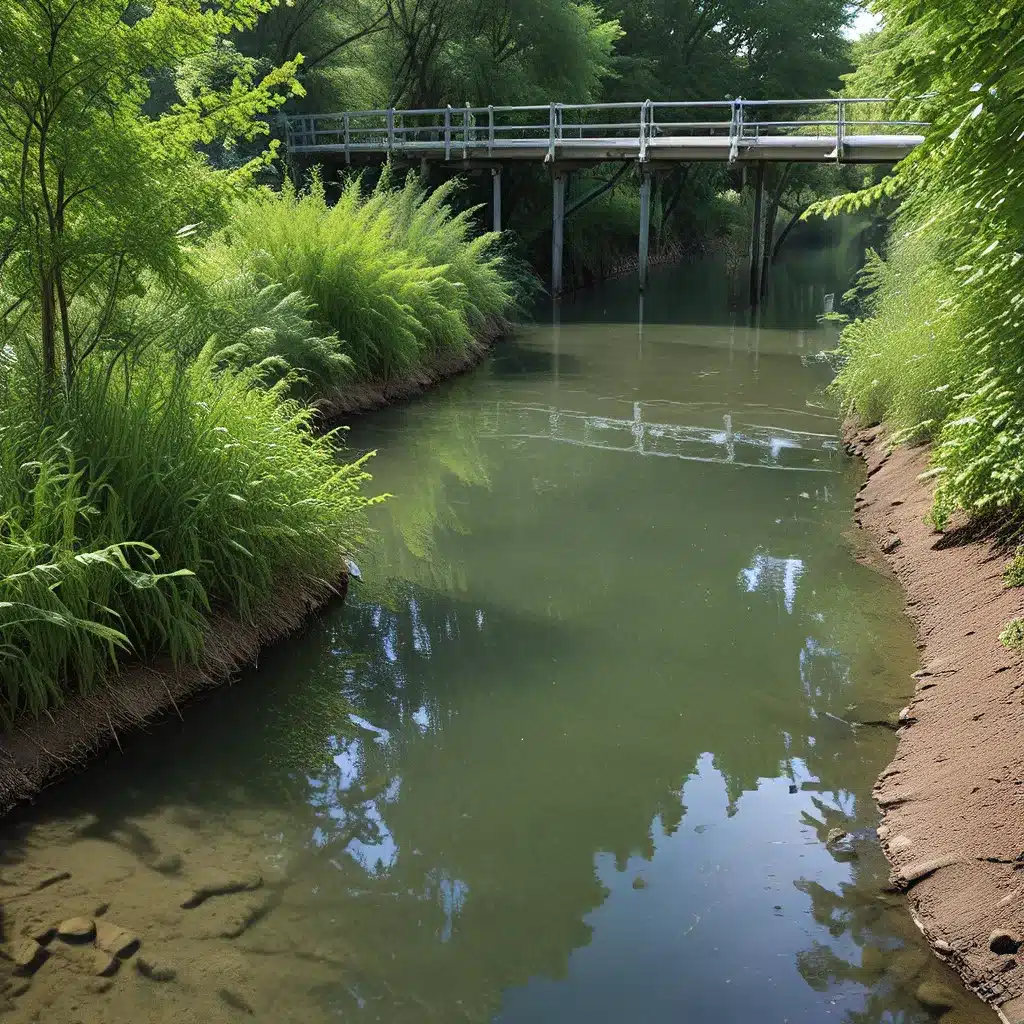
As the old adage goes, water is the lifeblood of our planet. And in today’s rapidly changing world, managing this precious resource has become an increasingly complex and critical challenge. I’ve been working in the water treatment and environmental services industry for over a decade, and I can tell you – it’s not as simple as just turning on the taps and letting the clean water flow.
Navigating the Maze of Environmental Regulations
One of the biggest hurdles we face is the ever-evolving landscape of environmental regulations. It can feel like a never-ending game of cat and mouse, with lawmakers constantly introducing new rules and standards that we have to adapt to. And let me tell you, it’s not always easy to keep up.
Take the example of DFW Airport. As one of the busiest airports in the world, they’ve had to develop a robust environmental management system to ensure they’re in compliance with all the relevant laws and regulations. And it’s not just about following the rules – they’ve actually gone above and beyond, setting their own ambitious sustainability goals.
“DFW Airport embraces sustainability as a way to protect our environment, support our neighbors, and develop our business,” they say on their website. “We are taking the steps today to ensure tomorrow’s success.”
It’s a mindset that I think all water treatment and environmental service providers should adopt. Compliance is the bare minimum – true sustainability requires a proactive, holistic approach.
Balancing Compliance and Operational Efficiency
Of course, maintaining environmental compliance is just one piece of the puzzle. We also have to consider the operational efficiency of our water treatment systems. After all, what’s the point of jumping through all those regulatory hoops if our processes are still wasting water, energy, and resources?
That’s where the real challenge lies – finding the perfect balance between environmental stewardship and operational efficiency. It’s a delicate dance, and one that requires a deep understanding of the latest technologies, industry best practices, and emerging trends.
Take, for example, the shift towards renewable energy in the water treatment industry. As Equinix points out, switching to renewable sources can not only reduce your carbon footprint, but also lead to significant cost savings. It’s a win-win scenario that more and more water treatment providers are embracing.
But it’s not just about the energy source – it’s also about the way we use that energy. Optimizing our processes to minimize energy consumption is crucial, whether it’s through advanced control systems, efficient equipment, or innovative process design.
And let’s not forget about water conservation – a critical component of sustainable water management. By implementing water-saving technologies and practices, we can not only reduce our environmental impact, but also lower our operational costs. It’s a no-brainer, really.
The Power of Collaboration and Innovation
Of course, achieving this balance between compliance and efficiency is no easy feat. It requires a true commitment to innovation, a willingness to think outside the box, and a healthy dose of collaboration.
That’s why I’m so excited about the work we’re doing at Inland Waters. We’re not just focused on the day-to-day operations of our water treatment facilities – we’re actively partnering with industry leaders, academic institutions, and regulatory bodies to push the boundaries of what’s possible.
We’re exploring the latest advancements in membrane filtration, experimenting with cutting-edge disinfection technologies, and investigating the potential of resource recovery from wastewater. And we’re not doing it alone – we’re tapping into the collective knowledge and expertise of the entire water management ecosystem.
It’s a dynamic and ever-evolving landscape, to be sure. But I’m confident that with the right mindset, the right tools, and the right partnerships, we can achieve the holy grail of sustainable water management: balancing environmental compliance and operational efficiency.
After all, the future of our planet depends on it. And as the old saying goes, “When the well’s dry, we know the worth of water.” Let’s make sure that well never runs dry.


